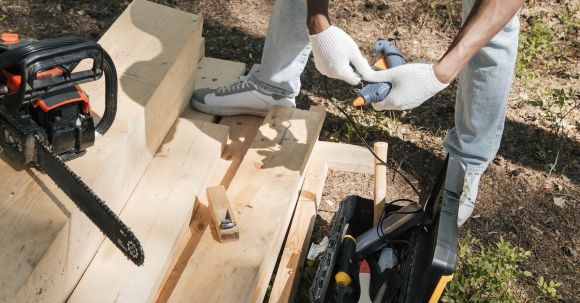Disaster-resistant construction equipment is a key component of resilient building projects, providing a secure foundation to ensure the safety of those affected by natural disasters. In an increasingly unpredictable world, the need for resilient construction solutions is growing, and disaster-resistant construction equipment is essential for any project that must withstand the forces of nature.
Understanding the Challenges of Construction in Disaster-Prone Areas
Construction projects in disaster-prone areas present a unique set of challenges. Seismic activity, flooding, hurricanes, and other extreme weather events can wreak havoc on buildings and infrastructure. In order to ensure the safety of the people living and working in these areas, builders must be prepared for any possibility. This means taking extra precautions when it comes to constructing resilient buildings.
The Benefits of Disaster-Resistant Construction Equipment
The most important factor in creating resilient construction projects is the use of high-quality, disaster-resistant construction equipment. This equipment is designed to withstand the force of nature by providing a secure foundation. It is also often designed to be lightweight and easy to move, so it can be quickly deployed in the event of an emergency.
Using disaster-resistant construction equipment also allows for a more efficient building process. It eliminates the need for extra measures such as reinforcing walls and foundations and can even reduce the amount of time needed to complete a project. This is especially beneficial in areas where natural disasters are frequent, as it allows for quicker repairs and rebuilding when necessary.
What to Look for in Disaster-Resistant Construction Equipment
When looking for disaster-resistant construction equipment, it is important to consider the specific conditions of the building project. Different types of equipment are designed to withstand different types of disasters. For example, some equipment is designed to withstand earthquakes, while others are designed to withstand flooding. It is also important to take into account the size and weight of the equipment, as well as its compatibility with the existing construction materials.
Conclusion
Disaster-resistant construction equipment is an essential component of resilient building projects. By providing a secure foundation, this equipment helps to ensure the safety of those affected by natural disasters. It is also designed to be lightweight and easy to move, making it quicker and easier to deploy in an emergency. When selecting disaster-resistant construction equipment, it is important to take into account the specific conditions of the building project and the type of disaster it must withstand.






